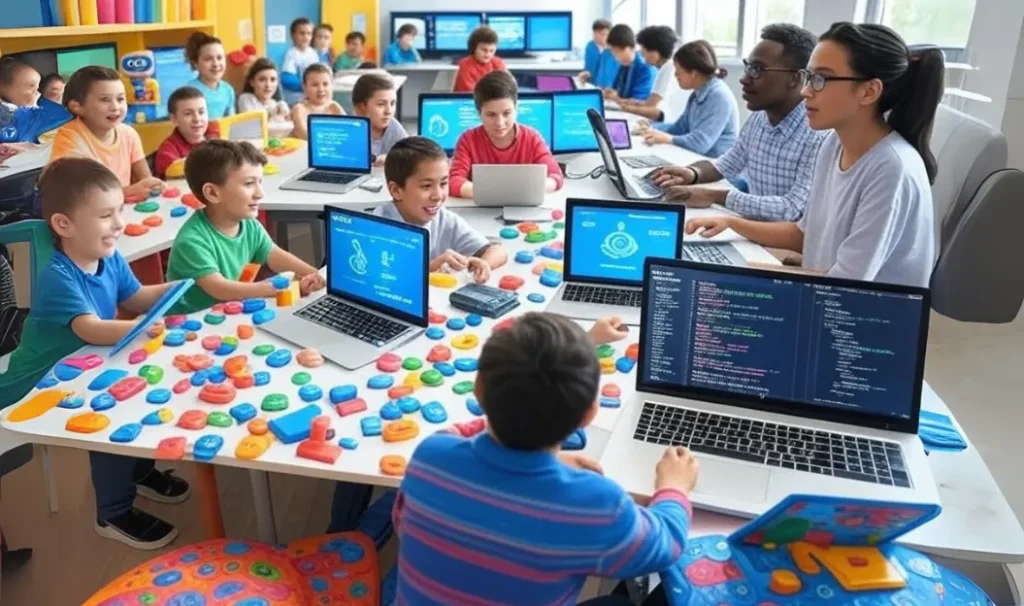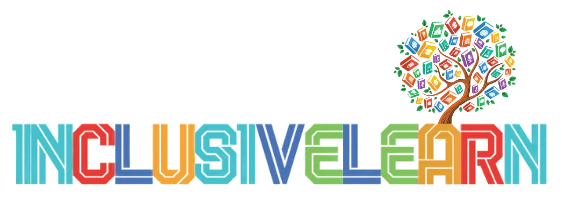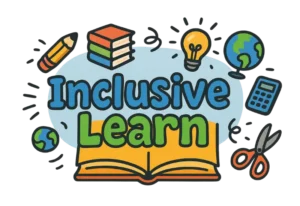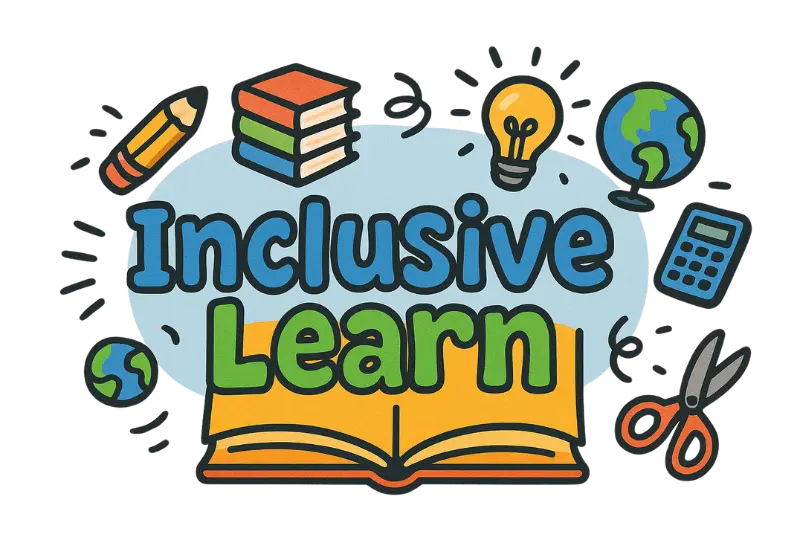Kids grow up surrounded by smart technology. They use Alexa and watch YouTube recommendations daily. So, teaching them how it all works builds future minds easily. The guide helps parents and educators understand machine learning for kids. Get ready to learn the right tools so kids can learn to build smart things.
What is Machine Learning?
Machine learning means teaching computers to learn from data. In other words, it is similar to how kids learn from experience. For example, if you show a computer a lot of cat pictures, it starts to spot patterns. So, next time, it can guess which picture shows a cat. And you do not need to tell the computer anything directly.
It’s like a brain game for computers. Instead of giving instructions, we let them figure things out. For example, a game might learn your favorite moves. So, you get better each time. That’s why machine learning for kids works well. It is fun and does not look like work.
Why Should Kids Learn ML?
Kids today need more than reading and writing. So, machine learning for kids builds strong thinking skills. Secondly, it makes them more creative and curious. When kids play with ML tools, they don’t just use tech. It creates a strong base for tomorrow’s job. They start to think like inventors.
Also, ML trains kids to break down problems. They learn how to test ideas and fix mistakes. Children try again. The hands-on way boosts their confidence. Over time, they start to enjoy tricky problems. Machine learning helps in math, games, or daily life. That’s a skill every kid can use.
Age-wise Learning Approach

Ages 6–10
At a very young age, kids love colors, sounds, and movement. So, tools like Scratch and AI-based games make learning feel like playtime. The fun platforms teach logic. Also, children can spot patterns for effective thinking. That way, machine learning for kids becomes a joyful part of early tech learning.
Drag-and-drop blocks form basic ideas. They don’t code yet. However, they see how commands change results. For example, a block might make a robot smile. Slowly, they learn computers follow the rules. It creates a clear path toward deeper understanding.
Ages 11–14
Pre-teens want more control and feedback. So, block-based coding platforms like Code.org or Teachable Machine work well. Machine learning for kids moves into simple projects. Kids can train models to spot hand signs. Also, they can learn to guess moods. Children see machine learning in real-time.
In addition, they also enjoy challenges. So, children add goals or “what-if” tasks. If they train a bot to tell cats from dogs, they can test tricky photos. Success or failure brings confidence. It prepares them for deeper ML tools later.
Ages 15–18
Now, teens can handle real coding. So they can start learning Python and use tools like TensorFlow. They play with real-world datasets containing photos, texts, or numbers. Slowly, they build projects that make real decisions. That’s when machine learning for kids becomes a career.
Also, the children understand how systems work behind the scenes. That’s why mentors matter. Parents or teachers can guide them. As a result, children identify errors, logic flaws, and debugging. The lessons help them think like developers. Over time, children can create their apps or teach others.
Best Tools and Platforms
Some tools work best for younger minds. For example:
- Scratch helps visual thinkers.
- Teachable Machine by Google lets kids train models without coding.
- Next, Code.org offers structured games and puzzles.
The tools make machine learning for kids simple and clear from the start.
As kids grow, they can try tools like TensorFlow or AI for Kids. The tools support deeper thinking with real datasets. Also, the platforms introduce coding in small steps. So, even if a kid struggles, they don’t feel lost. Over time, they build stronger skills and feel proud of their work.
Hands-on ML Projects
Initially, simple projects keep kids engaged. Try training a model to sort happy and sad faces. Or let them build a chatbot that answers basic questions. The projects make machine learning for kids more than theory. Kids love it because they can test and change results.
Another idea is a music or movie recommender. Kids can enter their favorite songs and teach a model what they like. Also, they can test sentiment tools. It guesses if a sentence is nice or mean. The fun tasks grow confidence.
Integrating ML into Daily Learning
Machine learning can blend into daily learning with ease. For example, turn math into data stories. Another option is guessing games to teach logic. The playful approach makes machine learning for kids feel more like discovery. They can do it even during school or homework time.
Also, group projects work great. Kids can collect data on weather, food, or habits. Next, they train models to find patterns. Parents or teachers can guide the steps. Over time, the daily use makes ML feel normal. It is just another tool to solve interesting problems.
Common Challenges
One big challenge is breaking down big ideas. Machine learning can feel complex. So, we must use games, stories, and clear examples. Kids understand better when ideas come in small steps. That way, machine learning for kids stays exciting. It is not scary or boring.
Another issue is privacy and access. Not all families have fast devices or safe tools. So, adults must choose the right apps and help with setup. Also, parents can explain why we protect data. The early talks help kids use ML smartly.
Ethical Learning
Machine learning affects people, so ethics matter. We must teach kids not to train unfair models. For example, if a robot only sees one type of face, it may guess wrong. So, machine learning for kids must include lessons on fairness and the right choices.
Also, kids should ask: “Is this tool helpful or harmful?”
Teach the kids to test for bias and think about who might get hurt. The questions build empathy and better tech habits. When ethics are part of learning, kids grow into kind creators. They are not clever coders.
Future Opportunities
Machine learning opens doors to jobs in science, health, art, and games. Kids who start early build skills for college. Also, they become problem solvers. So, machine learning for kids shapes future leaders and creative thinkers.
Parents and teachers can find more help through online courses, books, and free platforms. Therefore, join coding clubs to explore ML challenges together. When adults learn alongside kids, it builds trust. Also, children learn about the importance of teamwork. With time, young minds will do truly amazing things.
Machine Learning for Kids is the next step!
The world runs on smart kids who want to shape it. The right tools and games are necessary to keep machine learning for kids doable. Start simple. Stay curious. Grow together. Today’s small steps can lead to breakthroughs tomorrow. The discovery will benefit your child and the world.



Hey there! I know this is kind of off topic but
I was wondering which blog platform are you using for this website?
I’m getting sick and tired of WordPress because I’ve had problems with hackers and I’m looking at alternatives
for another platform. I would be great if you could point me in the direction of a good platform.